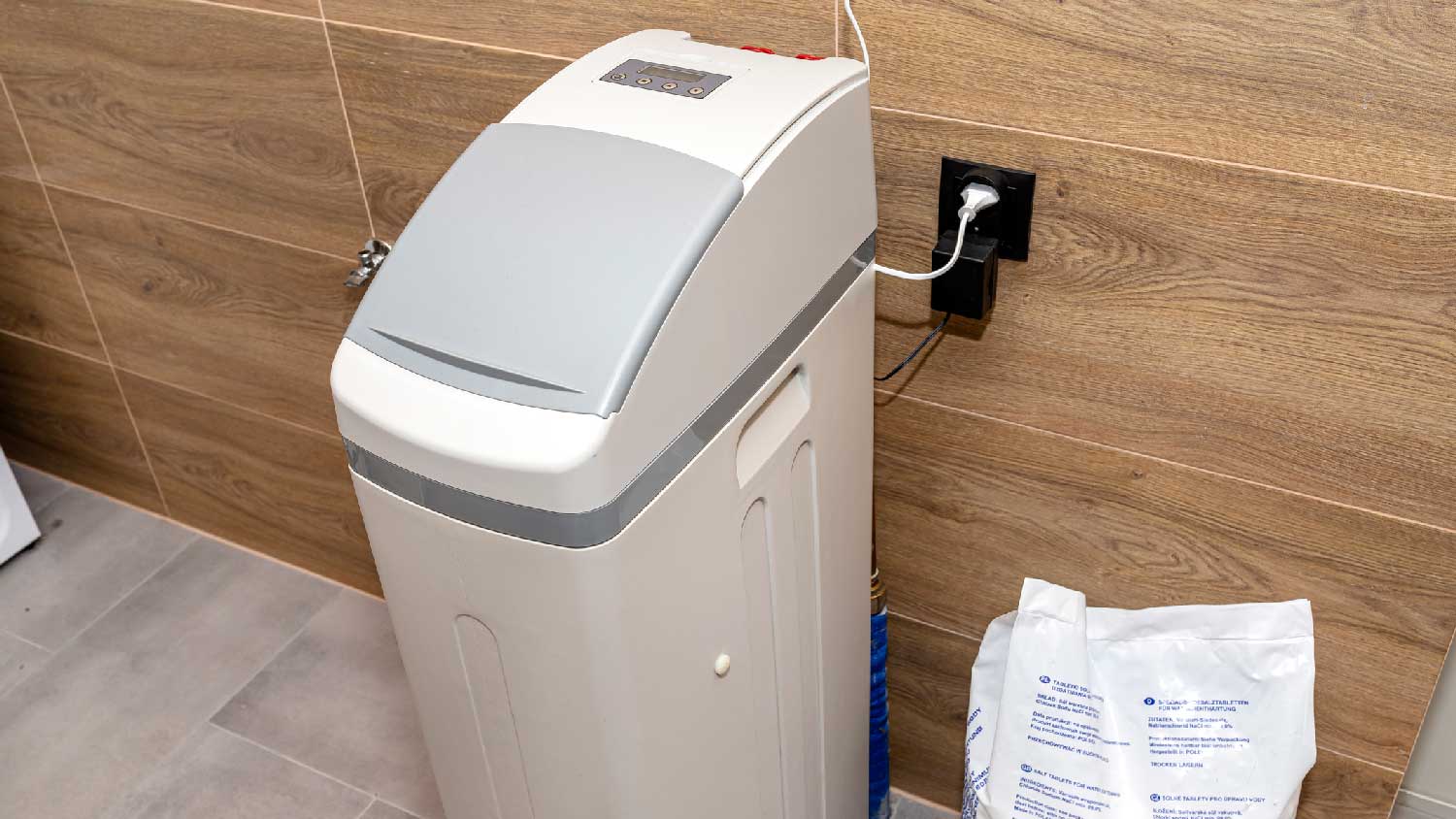How to Remove Calcium Buildup in Pipes
Here's how to get healthy pipes without calcium buildup


Are you noticing signs of calcium buildup in your pipes? Hard water can leave a scaly, slimy mess behind on your faucets and fixtures. It can also slow down the performance of your home's plumbing system until a major appliance finally blows. Luckily, you can tackle the issue. Here's a guide to how to remove calcium buildup in pipes.
Why It's Important to Remove Calcium Buildup From Pipes
Did you know that mineral buildup in your pipes can actually cause issues with water pressure and flow? Also known as limescale, calcium buildup can "narrow" your piping, drains, and plumbing fixtures. It can also cause severe corrosion of metal components. Ultimately, this can cause appliances and fixtures around your home to fail if you don't figure out how to remove calcium buildup in pipes.
How to Identify Signs of Calcium Buildup in Pipes
Calcium buildup happens slowly over time. However, it can often feel like the telltale signs pop up from out of the blue. Here are the signs that it's time to remove calcium buildup in your pipes:
Decreased water flow
Clogged drains
Powder-like substance on appliances and fixtures
White debris coming out of faucets
Skin irritation or dryness after using water in your home
Sluggish performances in appliances that use water
Dull laundry
Increased soap scum in sinks, baths, and showers
Streaky, spotted dishes and glassware
In some cases, homeowners actually notice their water utility bills going up. When calcium deposits build up in your piping, your systems need to work harder to get the same level of water flow. You may also notice that you need more plumbing repairs all of a sudden.
How to Remove Calcium Buildup From Pipes
Homeowners have a few different DIY options for removing calcium buildup from pipes. While these tips can be helpful for minor buildup, it's important to note that severe erosion and calcification will often require the tools and expertise of professional plumbers. It is strongly advised that you call a plumber if you are having issues tied to water pressure or draining. Here's a look at the best ways to remove calcium buildup from your pipes before the problem gets out of hand.
Clear Your Pipes With Vinegar and Baking Soda
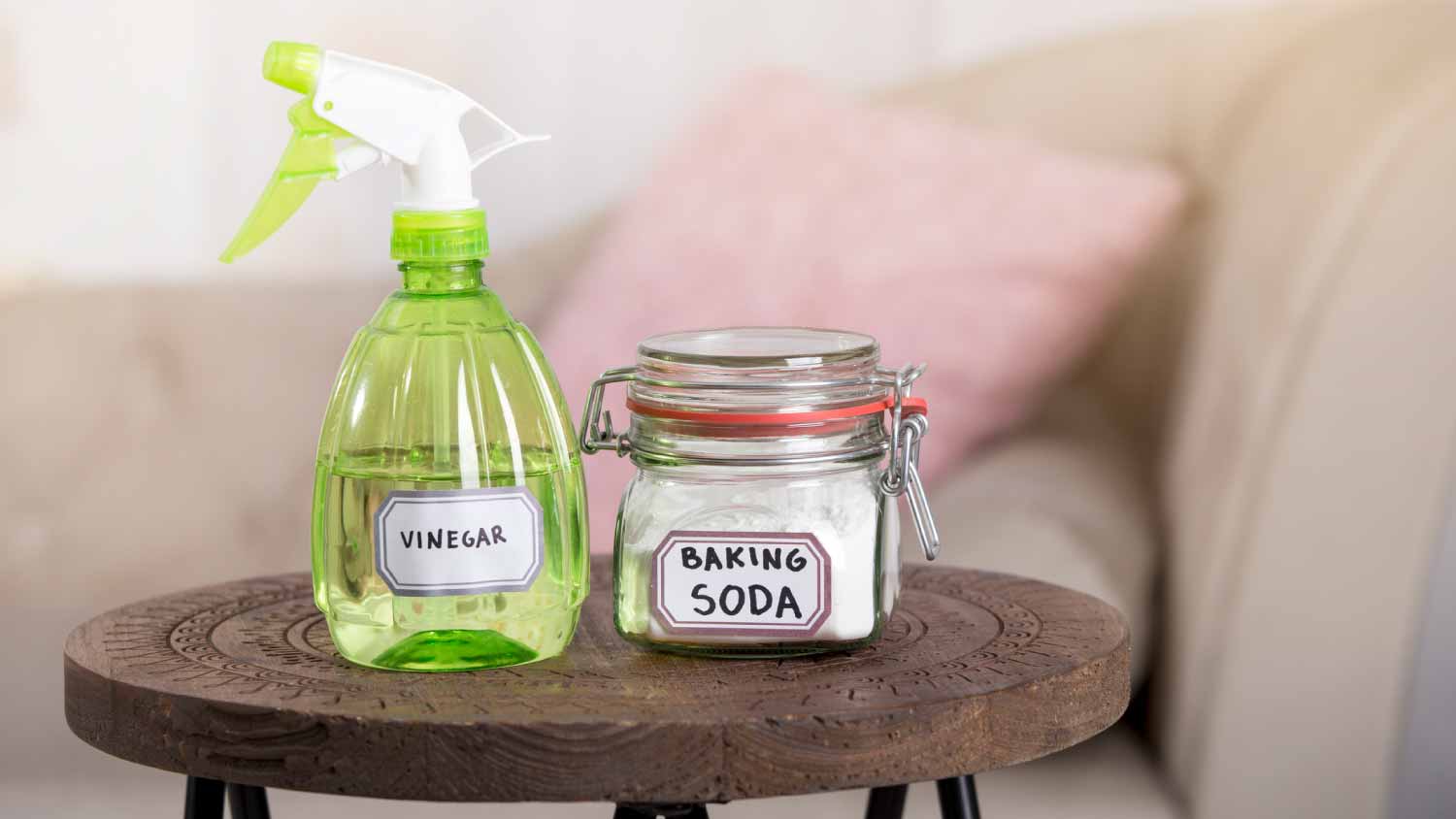
This simple recipe for how to remove calcium buildup in pipes can actually be used weekly or monthly as part of a preventative plan. It's a great alternative to harsh chemicals that are used in mainstream drain cleaners today. Here's what you'll need:
Pot of boiled water
1/2 cup baking soda
1/2 cup white vinegar
Sponge
Old rag
Pour the baking soda and white vinegar directly into the drain you're treating. Next, use your rag to create a light seal over the drain. Give the mixture up to 30 minutes to eat away at the calcium buildup down inside your drains. After the waiting period, remove the rag before pouring boiling water into the drain. Finish by using the sponge to wipe the area clean. This trick works because the acetic acid in vinegar breaks down calcium deposits.
Use Chemical Cleaners
Most plumbers and safety experts discourage the use of harsh chemicals to clear calcium debris from pipes. However, these products are available at your local hardware store if you'd like to try them. It's important to follow manufacturer instructions carefully, avoid mixing different products together, and protect your eyes and skin at all times.
Install a Water Softener
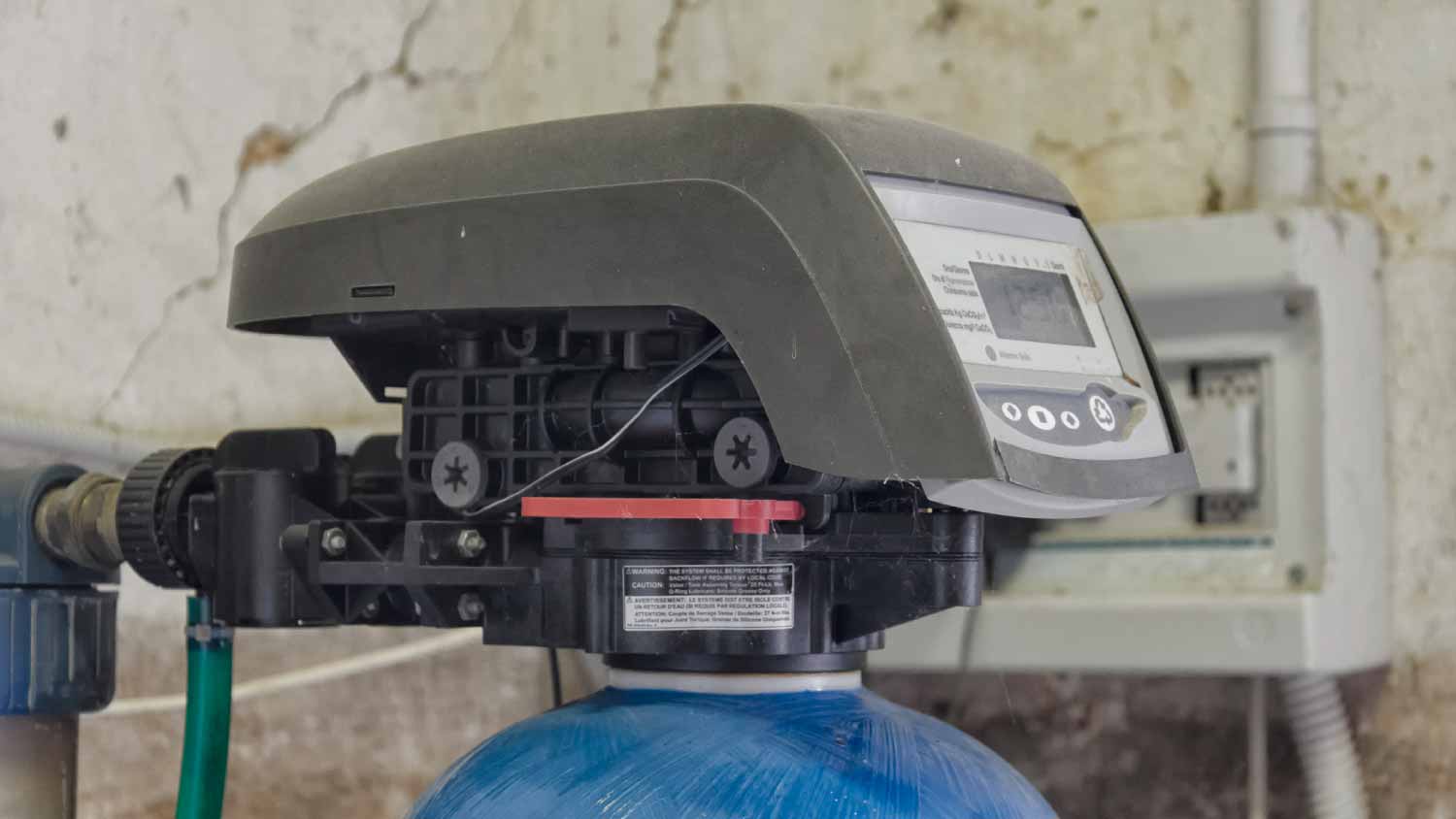
The best long-term solution for how to remove calcium buildup in pipes is to install a water softener. This effective solution prevents buildup that can corrode and damage your pipes. It also improves the quality of life at your home by creating water that is more enjoyable for bathing and cleaning. Homeowners can choose from whole-house and single-point water softeners. Installing a water softener includes the following steps:
Turning off your home's main water supply.
Draining your water lines.
Connecting the water softener at the right bypasses.
Filling the water softener's brine tank to the halfway point with sodium.
Turning on the water supply.
Inspecting for leaks to verify proper installation.
Completing the startup process that is provided in the manufacturer's instructions.
When installing a whole-house water system at your home, the general rule is to place it as close to the entry point for water in your plumbing system as possible. This means placing it "upstream" from water heaters and other appliances instead of "downstream." It's also important to select the right size for a water softener for your home.
Households with one to four people require water softeners with at least 30,000 grains. Households with five to six members require 40,000 at least grains. If you have higher-than-average water usage at your home due to frequent showering, frequent cooking, or high demand for laundry, veer on the higher side.
If learning how to install a water heater isn't on your to-do list, you can simply hire a pro to do it the right way. The average water softener installation cost ranges from $200 to $6,000. Some water softener alternatives that can also be installed by professionals include water conditioners, reverse-osmosis systems, and UV water purifiers.
Upgrade Your Piping
If you currently have copper pipes that have been overtaken by calcium buildup, regulations prevent you from using harsh chemical treatments for these pipes. A better solution may be to upgrade your piping to PEX piping, which is highly resistant to corrosion. Replacing or installing PEX pipes typically costs between $0.40 and $2 per linear foot. This is something that should only be done by local plumbers.
How to Prevent Calcium Buildup in Your Pipes
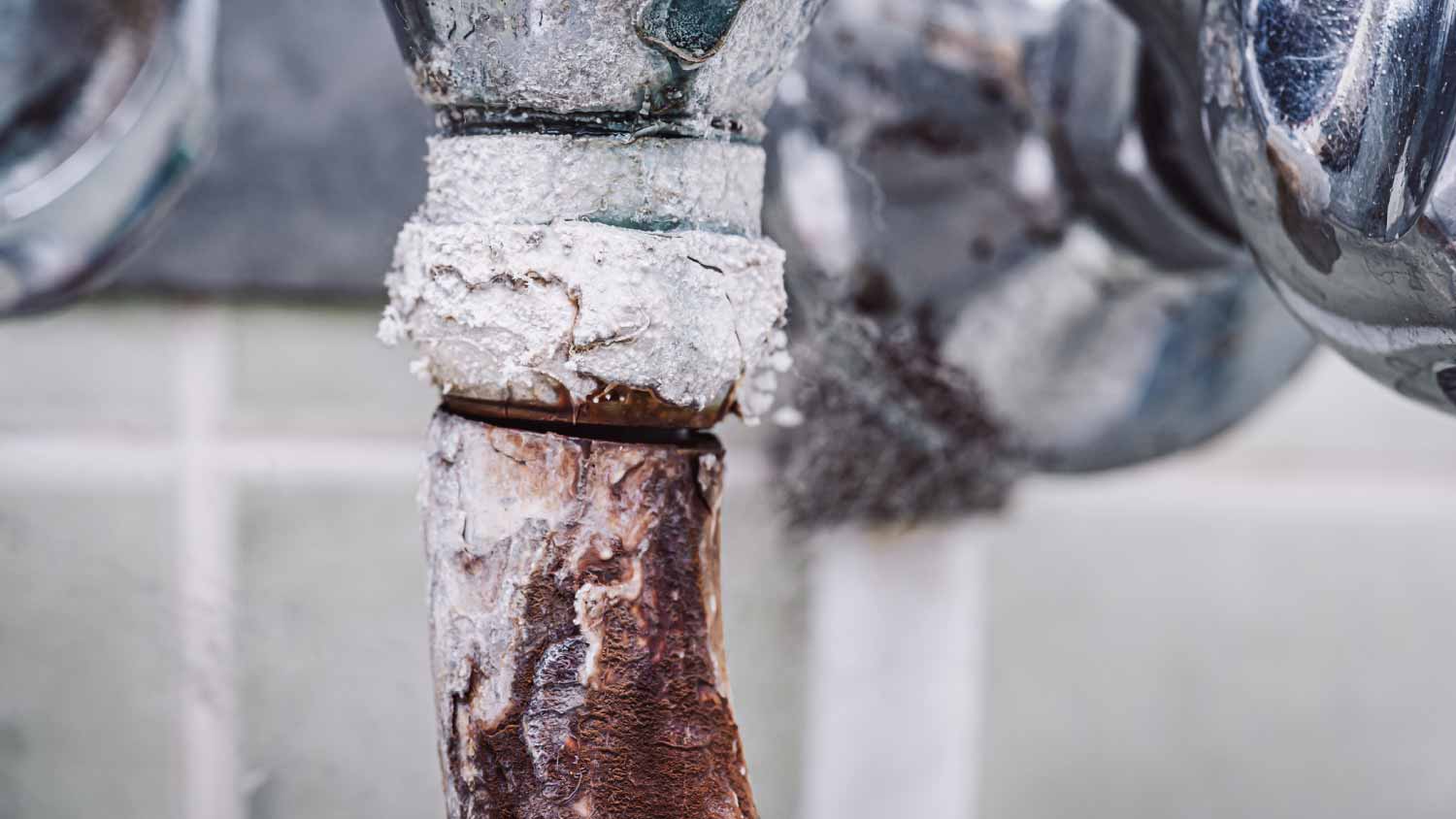
Simple maintenance makes a big difference when it comes to saving your pipes from calcium buildup that can drastically affect the performance and health of your home's plumbing system. Cleaning your drains with the simple vinegar solution shared above can help to prevent runaway buildup. Most plumbers also recommend flushing your hot water heater at least once a year.
DIY vs. Hire a Pro
One thing that makes clearing calcium debris from pipes difficult is that the average homeowner has no way of knowing what's hiding down there! This is why hiring local water specialists to measure water quality at your home is so important if you suspect that your pipes are compromised by calcium buildup. Water specialists and licensed plumbers can help to ensure that the water in your home is safe for drinking and bathing.
Frequently Asked Questions
Hard water that is caused by high concentrations of calcium, magnesium, and potassium in a water supply is the leading cause of buildup in pipes. Hard water can be fixed by different types of water purification.
Dirty, cloudy faucets have been stained by tap water, that is "hard water." The scaly deposits you're seeing are actually signs of calcium buildup. If you have visible cloudiness on the outside, there's a high chance you have calcium buildup in your pipes that needs to be treated.
While not everyone can detect taste differences in high-calcium water, water that has a slightly metallic taste probably has too much calcium.




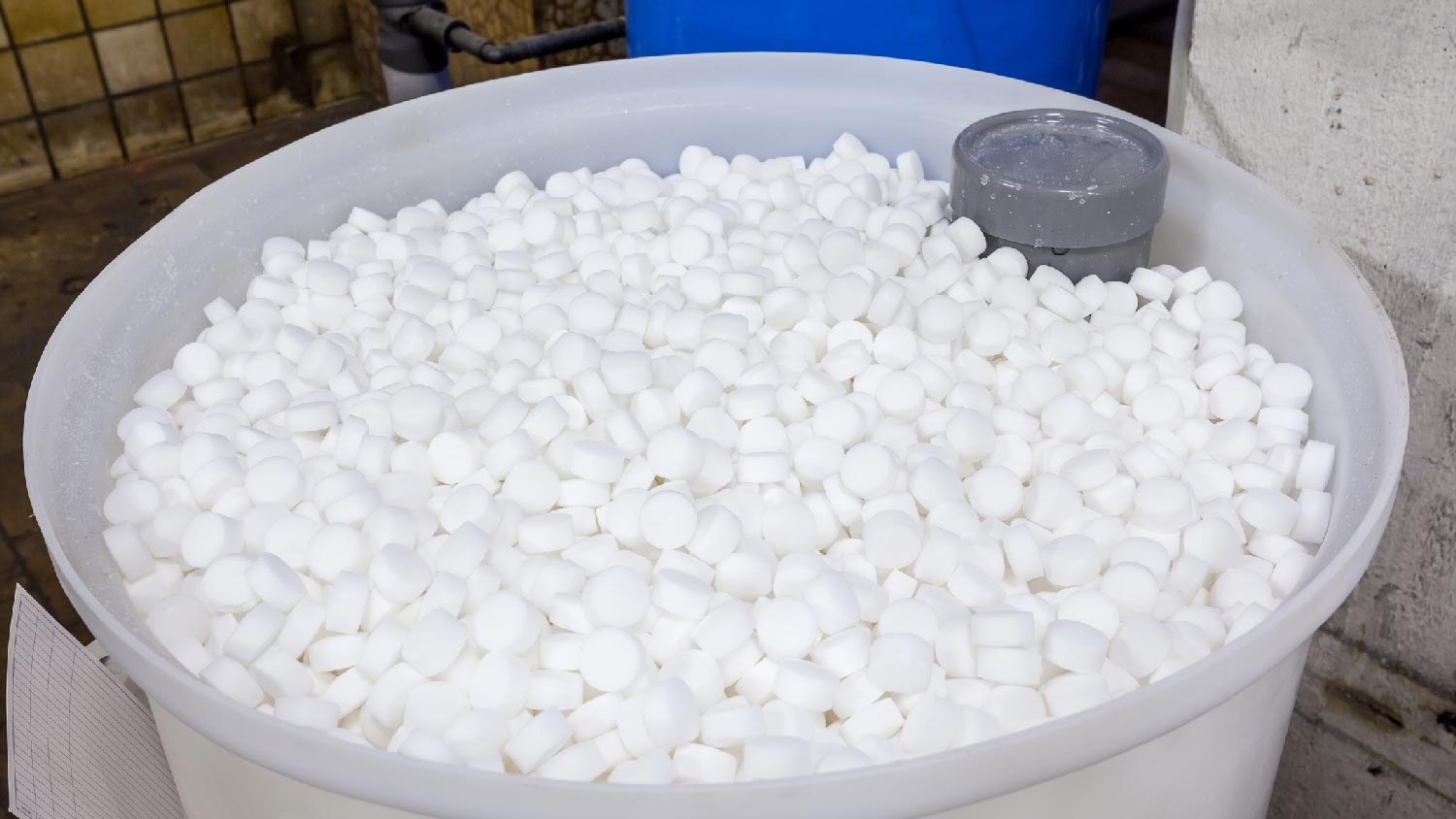
- 18 Common Plumbing Problems and How to Resolve Them
- How to Tell If You Have Hard Water: 10 Telltale Signs
- 14 Preventive Plumbing Maintenance Tips You Should Know
- 6 Reasons Your Bathroom Sink Is Draining Slowly and Potential Solutions
- Can Cold Weather Cause Pipes to Leak? How to Fix and Prevent
- 7 Types of Plumbing Used in Homes and How to Choose the Right One
- How to Troubleshoot Vibrating Water Pipes That Won’t Quiet Down
- Can Frozen Pipes Cause Blocked Sink Drains?
- Why Does My House Have Low Water Pressure in Cold Weather?
- 8 Tips to Winterize Your Pipes and Prevent Plumbing Issues



